Nationality American Name Alan Guth Role Physicist | Known for Cosmic inflation | |
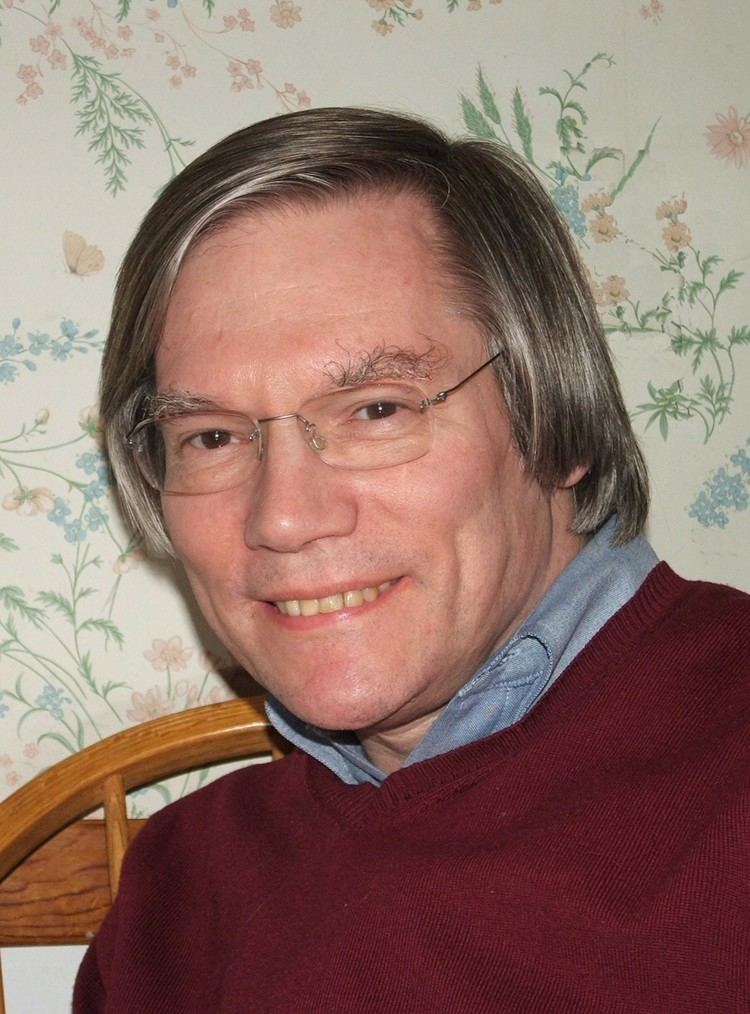 | ||
Institutions PrincetonColumbiaCornellStanford Linear AcceleratorMIT Books The Inflationary Universe: The Quest for a New Theory of Cosmic Origins Awards Breakthrough Prize in Fundamental Physics Similar People Steven Weinberg, Robert H Dicke, Francis E Low, Chung‑Pei Ma, Edmund Bertschinger | ||
Residence United States of America | ||
Physics fom 2015 alan guth inflationary cosmology is our universe part of a multiverse
Alan Harvey Guth (; born February 27, 1947) is an American theoretical physicist and cosmologist. Guth has researched elementary particle theory (and how particle theory is applicable to the early universe). He is currently serving as Victor Weisskopf Professor of Physics at the Massachusetts Institute of Technology. Along with Alexei Starobinsky and Andrei Linde, he won the 2014 Kavli Prize “for pioneering the theory of cosmic inflation.”
Contents
- Physics fom 2015 alan guth inflationary cosmology is our universe part of a multiverse
- Physics fom 2015 masterclass alan guth
- Early life
- Inflationary theory
- Current life
- Honors and awards
- Publications
- References
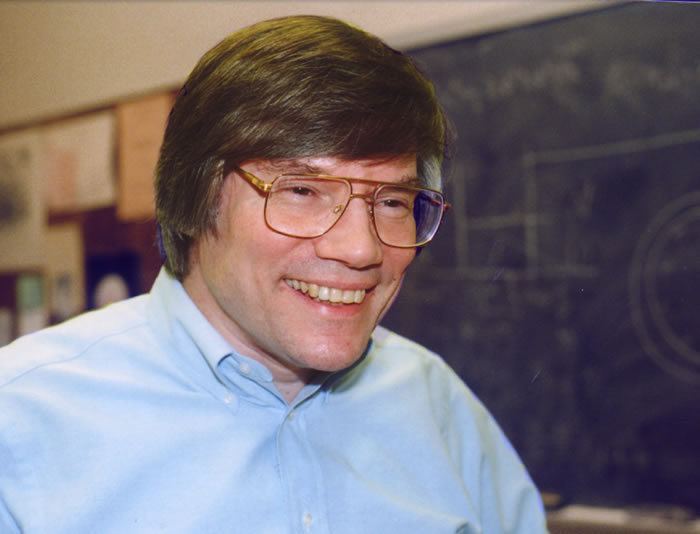
He graduated from MIT in 1968 in physics and stayed to receive a master's and a doctorate, also in physics.

As a junior particle physicist, Guth developed the idea of cosmic inflation in 1979 at Cornell and gave his first seminar on the subject in January 1980. Moving on to Stanford University Guth formally proposed the idea of cosmic inflation in 1981, the idea that the nascent universe passed through a phase of exponential expansion that was driven by a positive vacuum energy density (negative vacuum pressure). The results of the WMAP mission in 2006 made the case for cosmic inflation very compelling.
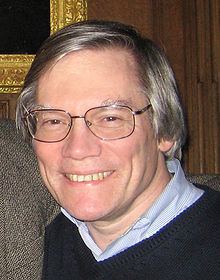
Physics fom 2015 masterclass alan guth
Early life
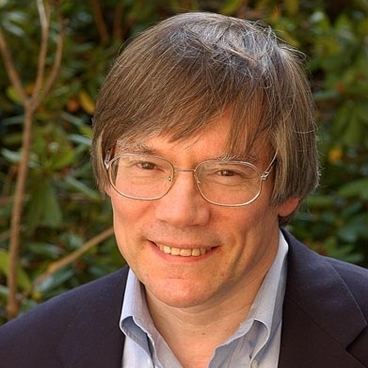
Guth was born in New Brunswick, New Jersey. After his junior year at Massachusetts Institute of Technology, he enrolled in a five-year program where he could get his bachelor’s and master’s after two more years. Guth obtained a bachelor’s and master’s degree in 1969 and a doctorate in 1972. In 1971, he married Susan Tisch, his high school sweetheart. They have two children: Lawrence (born 1977) and Jennifer (born 1983).
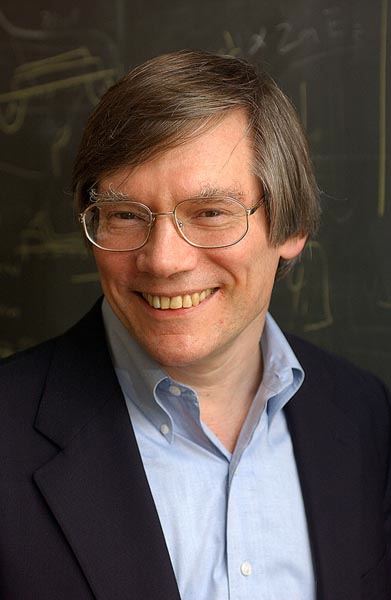
Guth was at Princeton 1971 to 1974, Columbia 1974 to 1977, Cornell 1977 to 1979, and the Stanford Linear Accelerator Center (SLAC) 1979 to 1980. Like many other young physicists of the baby boom era, he had a hard time finding a permanent job, because there were far fewer assistant professorships than there were young scientists seeking such jobs, a phenomenon that has been referred to as the “generation of lost scholars.”

At the start of his career, Guth studied particle physics, not physical cosmology. Guth's earliest work at Princeton was in the study of quarks, the elementary particles that make up protons and neutrons. At Columbia, Guth studied grand unification (GUTs), focusing on the phase transitions generated by spontaneous symmetry breaking. Most GUTs predict the generation of magnetic monopoles during spontaneous symmetry breaking, but none had ever been detected - the monopole problem.
Inflationary theory
Guth's first step to developing his theory of inflation occurred at Cornell in 1978, when he attended a lecture by Robert Dicke about the flatness problem of the universe. Dicke explained how the flatness problem showed that something significant was missing from the Big Bang theory at the time. The fate of the universe depended on its density. If the density of the universe was large enough, it would collapse into a singularity, and if the actual density of the matter in the cosmos was lower than the critical density, the universe would increasingly get much bigger.
The next part in Guth's path came when he heard a lecture by Steven Weinberg in early 1979. Weinberg talked in two lectures about the Grand Unified Theory (GUT) that had been developed since 1974, and how it could explain the huge amount of matter in the universe compared to the amount of antimatter. The GUT explained all the fundamental forces known in science except for gravity. It established that in very hot conditions, such as those after the Big Bang, electromagnetism, the strong nuclear force, and the weak nuclear force were united to form one force. Weinberg also was the one who emphasized the idea that the universe goes through phase transitions, similar to the phases of matter, when going from high energy to low energy. Weinberg’s discussion of why matter is so dominant over anti-matter showed Guth how precise calculations about particles could be obtained by studying the first few seconds of the universe.
Guth decided to solve this problem by suggesting a supercooling during a delayed phase transition. This seemed very promising for solving the magnetic monopole problem. By the time they came up with that, Guth had gone to the Stanford Linear Accelerator Center (SLAC) for a year, but Guth had been talking to Henry Tye back and forth. Tye suggested that they check that the expansion of the universe would not be affected by the supercooling. In the supercooled state, a false vacuum is produced. The false vacuum is a vacuum in the sense that it is state of the lowest possible density of energy; it is false in the sense that it is not a permanent state of being. False vacuums decay, and Guth was to find that the decay of the false vacuum at the beginning of the universe would produce amazing results, namely the exponential expansion of space. This solved the monopole problem, since the expansion dilutes the monopole density.
Guth realized from his theory that the reason the universe appears to be flat was that it was fantastically big, just the same way the spherical Earth appears flat to those on its surface. The observable universe was actually only a very small part of the actual universe. Traditional Big Bang theory found values of omega near one to be puzzling, because any deviations from one would quickly become much, much larger. In inflation theory, no matter where omega starts, it would be driven towards equal to one, because the universe becomes so huge. In fact, a major prediction of inflationary theory is that omega will be found to be one.
Two weeks later, Guth heard colleagues discussing something called the horizon problem. The microwave background radiation discovered by Arno Penzias and Robert Woodrow Wilson appeared extremely uniform, with almost no variance. This seemed very paradoxical because, when the radiation was released about 300,000 years after the Big Bang, the observable universe had a diameter of 90 million light-years. There was no time for one end of the cosmos to communicate with the other end, because energy can not move faster than the speed of light. The paradox was resolved, as Guth soon realized, by the inflation theory. Since inflation started with a far smaller amount of matter than the Big Bang had presupposed, an amount so small that all parts would have been in touch with each other. The universe then inflated at billion times the speed of light so the homogeneity remained unbroken. The universe after inflation would have been very uniform even though the parts were not still in touch with each other.
Guth first made public his ideas on inflation in a seminar at SLAC in January 1980. He ignored magnetic monopoles because they were based on assumptions of GUT, which was outside the scope of the speech. In August, he submitted his paper, entitled "Inflationary universe: A possible solution to the horizon and flatness problems" to the journal Physical Review. In this paper Guth postulated that the inflation of the universe could be explained if the universe were supercooled 28 orders of magnitude below the critical temperatures required for a phase change.
In December 1981, Guth read a paper from Moscow physicist Andrei Linde saying that the whole universe is within just one bubble, so nothing is destroyed by wall collisions. This conclusion was made using a Higgs field with an energy graph that was originally proposed by Sidney Coleman and Erick Weinberg. Guth discussed this with Linde, who had independently been working on bubble inflation, but without considering the flatness problem. Linde and Guth eventually exchanged papers on the subject.
By 1983 Guth had published a paper describing how his supercooled-universe scenario was not ideal, as the "triggering mechanism" to exit such a state would require "extreme fine tuning of parameters" and felt a more natural solution was required. However, this did not deter him from the belief that the universe expanded exponentially in a vacuum in its early lifetime.
Current life
In the past Guth has studied lattice gauge theory, magnetic monopoles and instantons, Gott time machines, and a number of other topics in theoretical physics. Much of Guth's current work includes extrapolating density fluctuations arising from various versions of inflation, to test against observations, and investigating inflation in "brane world" models.
Guth is the Victor F. Weisskopf Professor of Physics at the Massachusetts Institute of Technology (MIT). So far, he has written about 60 technical papers related to the effects of inflation and its interactions with particle physics. He has won many awards and medals, including the Medal of the International Center for Theoretical Physics, Trieste, Italy, with Andrei Linde and Paul Steinhardt and the Eddington Medal in 1996, and the 2009 Isaac Newton Medal, awarded by the British Institute of Physics.
In 2005 Guth won the award for the messiest office in Boston, organised by the Boston Globe. He was entered by colleagues who hoped it would shame him into tidying up, but Guth is quite proud of the award.
Honors and awards
In July 2012, he was an inaugural awardee of the Fundamental Physics Prize, the creation of physicist and internet entrepreneur, Yuri Milner. In 2014, he was a co-recipient of the Kavli Prize awarded by the Norwegian Academy of Science and Letters with Andrei Linde of Stanford University, and Alexei Starobinsky of the Landau Institute for Theoretical Physics.
